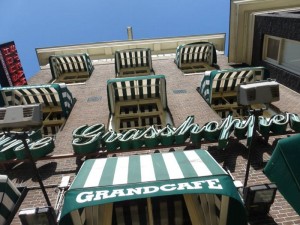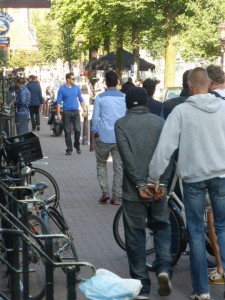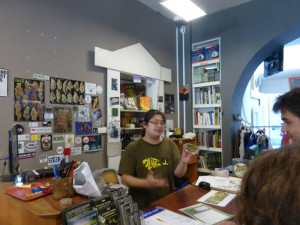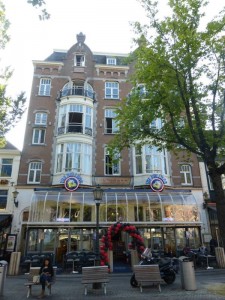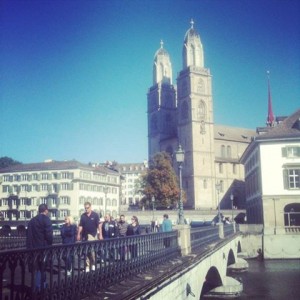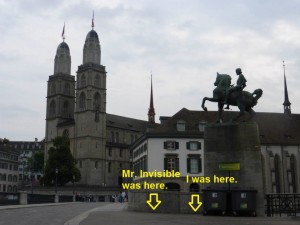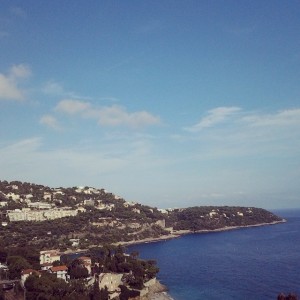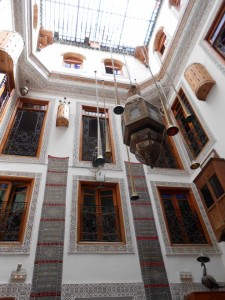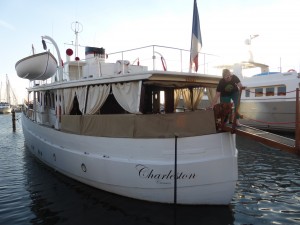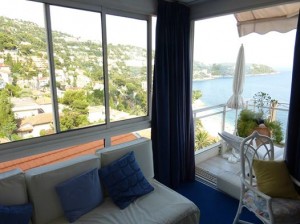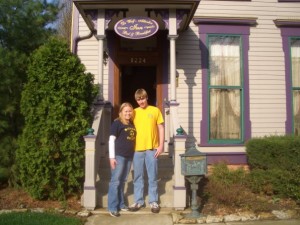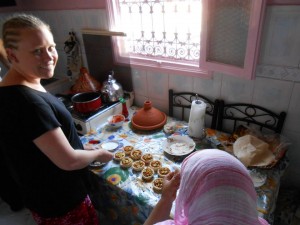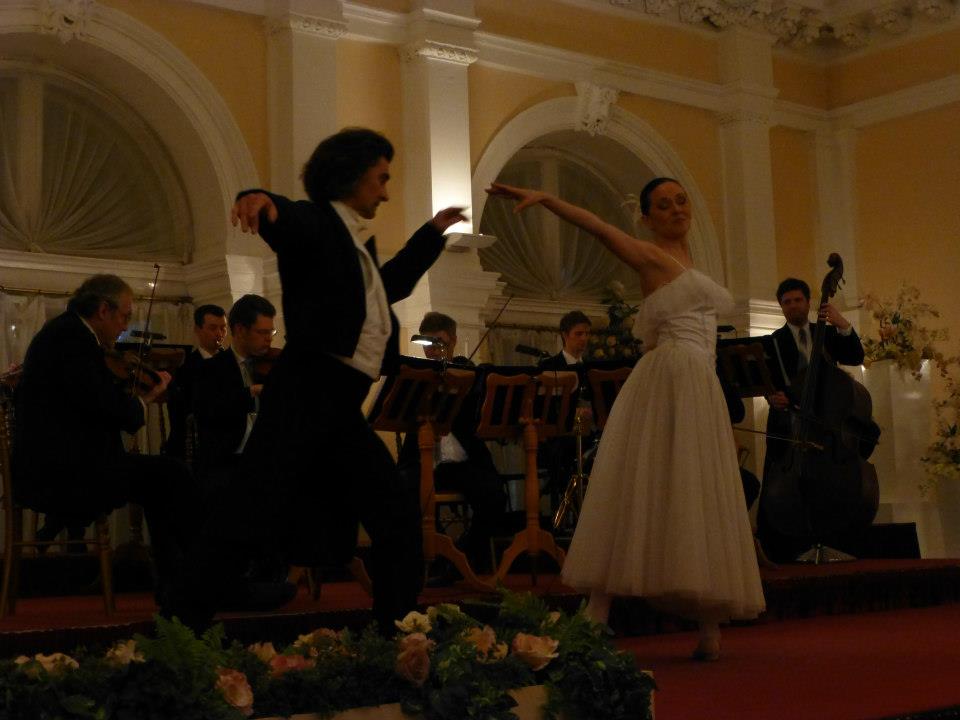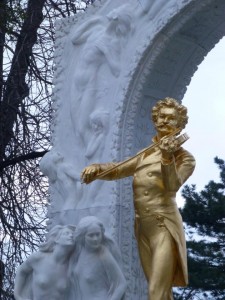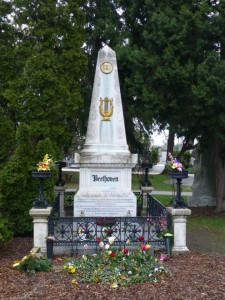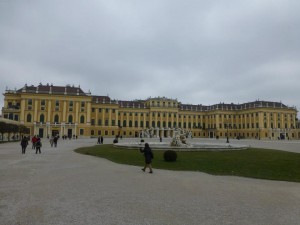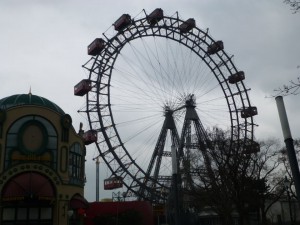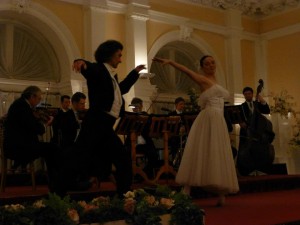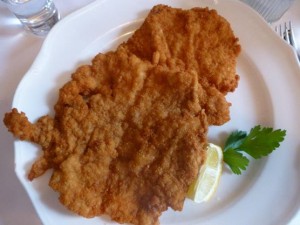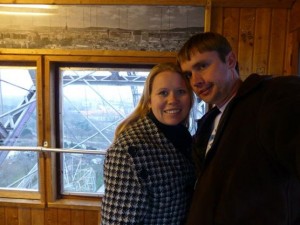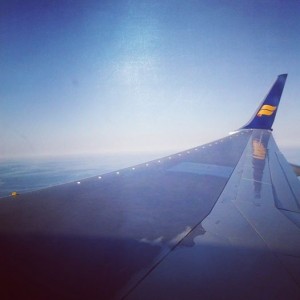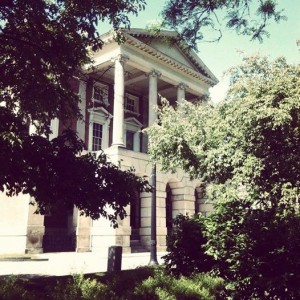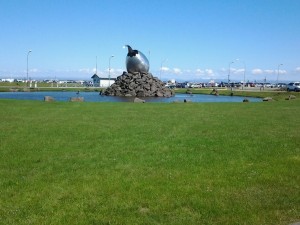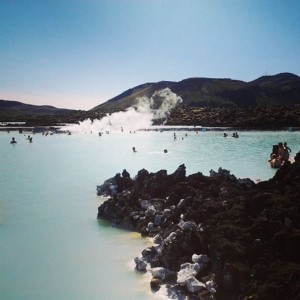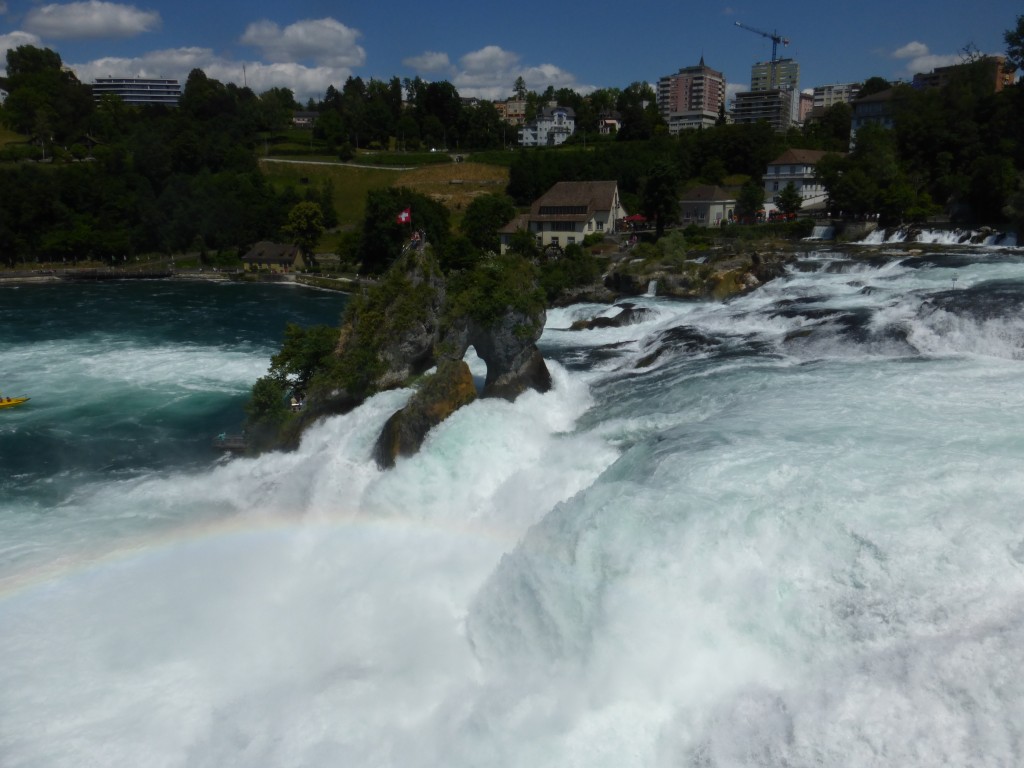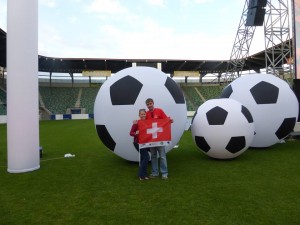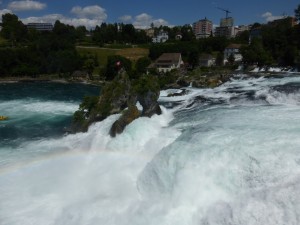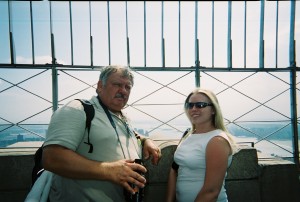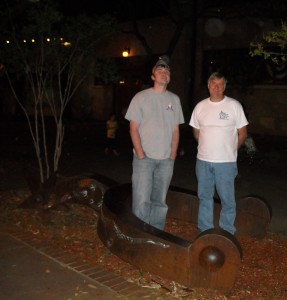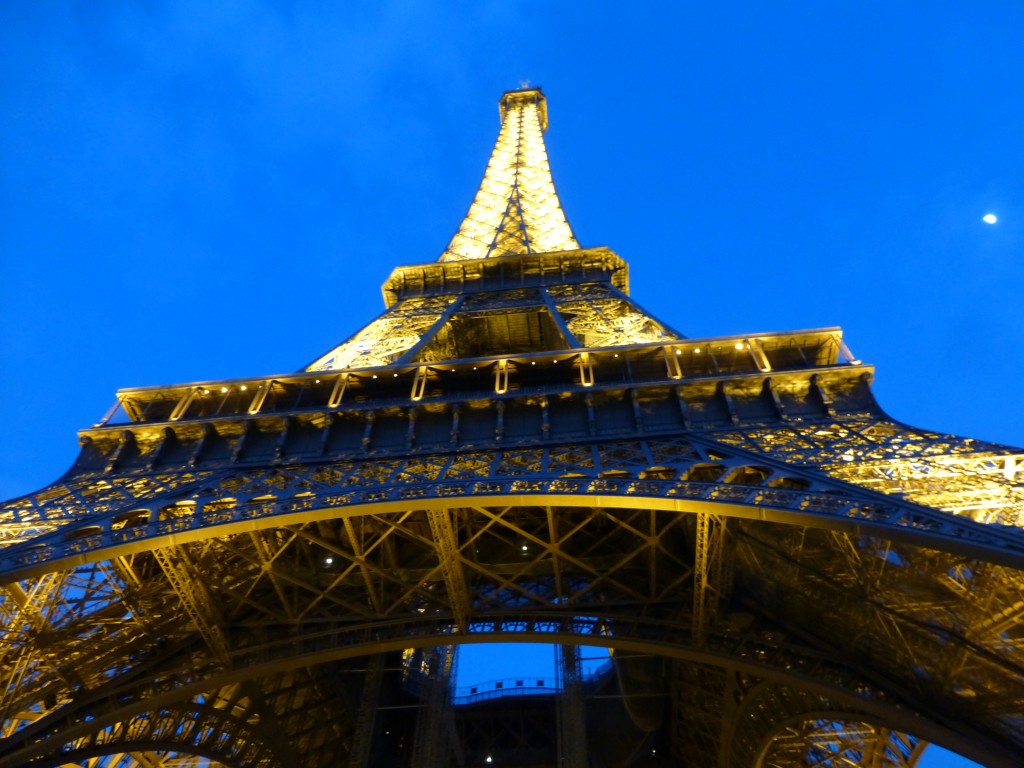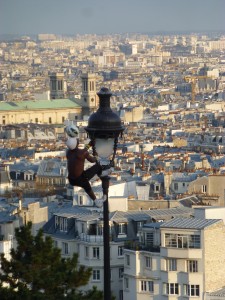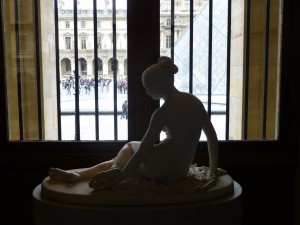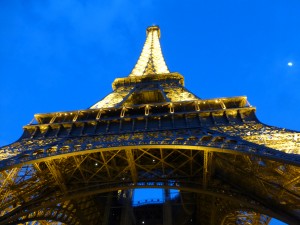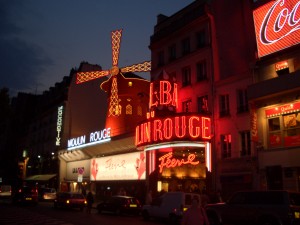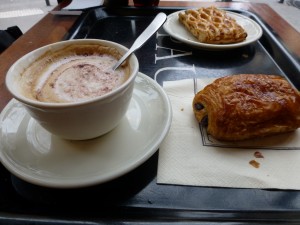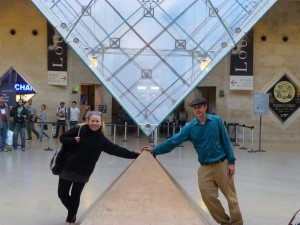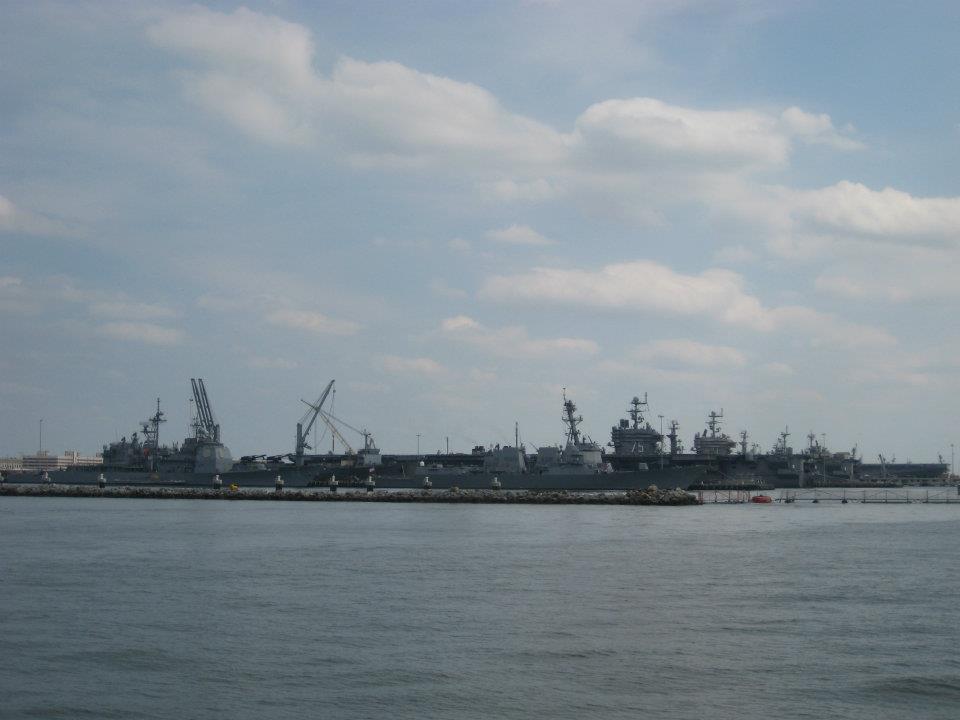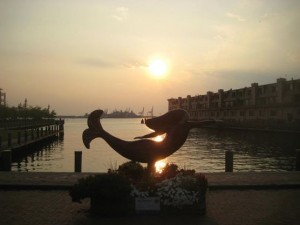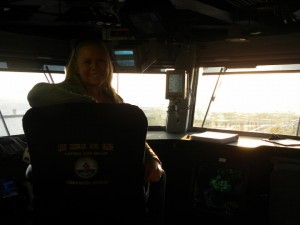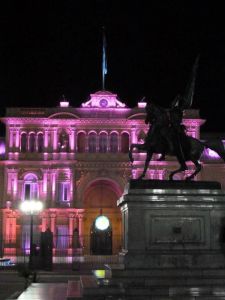
Though the current capital city of Argentina has been under scrutiny lately for defaulting on debt to the U.S., Buenos Aires still is a prime travel destination. This Paris of South America features remarkable architecture, a world-class sports scene, an energetic nightlife, and a culture worth visiting.
Favorite Buenos Aires Places
La Casa Rosada
The equivalent to our White House, La Casa Rosada is the executive mansion and official office of the Argentinian president (though her official residence is in a suburb of the city) and where Evita made her famous speech that inspired a country and the musical. This government house with its pink hues and bright pink lights at night is in the downtown area overlooking the Plaza de Mayo, surrounded by impressive architecture of other central political institutions.
Protests and demonstrations occur regularly in front of La Casa Rosada. While you should always exercise caution when encountering such political activities in foreign countries, I believe these events give you a true feeling of the local atmosphere outside of the tourist facade. While we were in Buenos Aires, we encountered a major strike by the trade unions Nov. 20, 2012. Workers shut down stores and public transportation, taking to the streets to protest against the country’s economic policies. We saw many businesses vandalized that did try to open that day. We were never threatened or felt in danger, and it was interesting to hear the views of the protestors as they gave rally speeches and chanted anti-government sentiments.
Livraria El Ateneo
A classical theater turned bookstore – a mashup of my favorite things. The Livraria El Ateneo offers row upon row of books in many languages, housed inside a glamorous theater still complete with stage, red curtain and rotunda. Admiring not only the selection but the grand views, you’ll find many patrons sitting in one of the former box seats taking in a classic or sitting stage center in the cafe enjoying a coffee. The world-renowned bookstore also offers readings and reading clubs.

Cementerio de la Recoleta
No surprise here as you all know how much I love cemeteries (seriously, free art). Not only does the Cementerio de la Recoleta have graves of the famous, such as Evita and Luis Ángel Firpo, but there are masterpieces of sculptures inside (I think I’ve mentioned sculpture is my favorite art form). The structure of the cemetery also creates narrow passages in between the tombstones and mausoleums, so you get this haunting sense of discovery as you turn each corner. With 14 acres to explore, plan to spend an afternoon walking around. There are even bench areas to rest.

Sports Mecca
As a South American city, of course Buenos Aires is known for great soccer or futbol. We took in a minor team match, River Plate, and it was an experience. We also attended the 119th annual Campeonato Argentino Abierto de Polo.
La Boca
This bright and colorful barrio of Buenos Aires is the ideal spot for souvenir shopping, street performers and eateries. While you sip on a Mate tea watching a couple do the Tango, take in the multicolor overhangings and carved mannequins perched on balconies. Listen to the chatter of the locals and the screaming kids playing soccer in the street. It’s a pleasant assault on all the senses.
Unfortunately, I have to tell you this side story here. We had some pretty great photos of this area. We toured the barrio on a sunny Monday morning, and then we boarded the Linea A on the subway to go back to our hostel.
We had been warned that this particular route was notorious for women being groped. So Chris, being the great husband he is, was doing his best to keep his arms around me on the crowded train. He was wearing cargo pants and had the camera zipped inside of a side pocket.
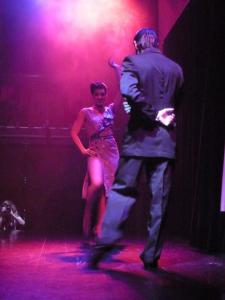
As we neared an upcoming stop, a man that had been sitting suddenly jumped up to offer me a seat. If you know my father, then you know since birth I’ve been instilled with a general distrust of the human population in general. As much as I wanted to believe this was just a good citizen showing some genuine Buenos Aires hospitality, the scene seemed a bit off. I politely refused the seat, and when we came to the stop, the man made a hasty escape.
As the train began to move again and there was a bit more space, Chris relaxed his hold around me just enough to discover his side pocket was unzipped. We immediately got off at the next stop to check our belongings. Our camera with all our wonderful La Boca photos was gone.
Looking back, Chris realized his pocket was just near enough to Mr. Let-Me-Offer-You-A-Seat-Since-I-Just-Pickpocketed-You to do the deed. This has been the only time to date (knock on wood, which I literally just did at my desk while typing) we’ve ever personally encountered any type of crime since we’ve been traveling. I thank my lucky stars as it could have been much worse. Chris had just backed up all our other photos on his travel laptop the night before, so we only lost the nice La Boca photos.
Pickpocketing and other crimes can happen in any city in the world, and we were just unfortunate that it happened in Buenos Aires.
Lesson learned – keep all valuables, such as cameras and wallets, in front pockets instead of side pockets that are easier to access.
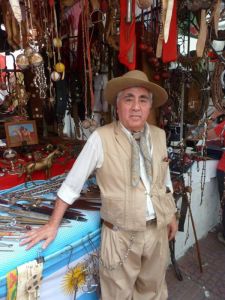
Feria de San Telmo
From the worst travel experience to probably my best travel experience, the Feria de San Telmo, held every Sunday, is the largest, most diverse market I’ve ever seen. I love open-air markets, and San Telmo’s is the best. I bought so much, from a purse made of old vinyl records to a cowboy belt buckle. Reserve your entire day to walk through the miles of vendors and watch the many street performers.
Buenos Aires Eats
You know that former show on The Food Network The Best Thing I Ever Ate? I had mine in Buenos Aires at the Feria de San Telmo. With so much shopping to do, I didn’t want to take the time to stop for a long lunch. On-the-go, we found a vendor selling homemade empanadas from a basket. Since they were large, Chris and I only bought one to share. After my first bite, I was wishing we had bought the whole basket. With the golden flaky crust filled with savory meat, potatoes and onions, I was in food heaven. We tried to find the vendor again, but we were unsuccessful. So, be sure to try to the street food in Buenos Aires, especially if you sell a short elderly gentleman wearing a fedora and selling homemade empanadas from a basket.
Buenos Aires restaurants can be a bargain for U.S. travelers who bring
along dollars from home. Since Argentina’s government now bans banks
from converting Argentinian pesos to dollars as a counter to
inflation, a black market for the dollar has developed that gives a
premium to the greenback. With prices already cheap for many
travelers, this drives them down even further and allows $20 to go a
long way toward a nice dinner at the best Argentinian steakhouses.
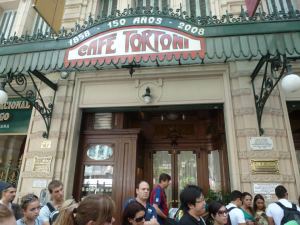
We spent our dollars at El Obero in the famed La Boca district.Here
you have a thick steak and good service while surrounded by relics
from the famed La Boca football club.
Another famous spot is the Café Tortoni, known for its rich coffee and decadent desserts. Though the country certainly has Starbucks, the idea of coffee-to-go is a foreign concept. In Argentina, you take the time to sit and savor coffee with friends.
Working in Buenos Aires
While Buenos Aires has been one of our favorite cities, its struggling
economy that offers good deals to travelers also prevents them from
staying and finding a job. Many of the most renowned building
architecturally have been inhabited by squatters since the 1990s and
are now deteriorating. Young people sleep on the streets.
Despite all this, though, many of our friends are pursuing entrepreneurial ventures in the city.
For an insider’s perspective, I spoke with fellow Couchsurfer Leonardo Rodrigues, a native from São Paulo who has established his own company in Buenos Aires last year.
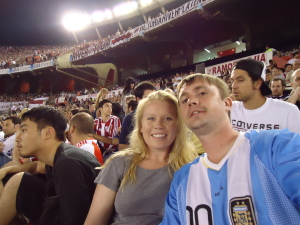
Unlike larger cities in South America, Leonardo says its easier to network with people from all over the world in Buenos Aires where expats aren’t confined to specific areas of the city but mix throughout with the locals. “Though the country is in a serious crisis, you can still have a high quality of life here.”
At the workplace, be prepared to be social. According to Leonardo, it’s common to have a coffee or cigarette with your colleagues as soon as you arrive at work, getting to the business of the day about 20 minutes afterward.
On the weekends, Leonardo likes to go the many parks with friends; another benefit of the city is its many green spaces. Be prepared to become a night owl, though, as he stresses the fact that going out for a night of dancing usually doesn’t even start until 2 a.m. when the clubs are just beginning to get busy. Barbecues and soccer games are the typical Sunday afternoon activity.
“Buenos Aires is an incredible city, and I love it here.”
Ranking Buenos Aires
I give Buenos Aires an overall 7 for its great food and beautiful architecture. What is your favorite South American city?
-Monica

